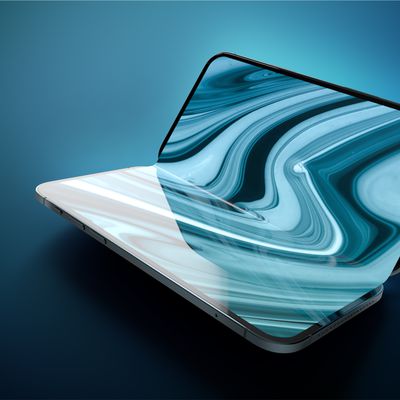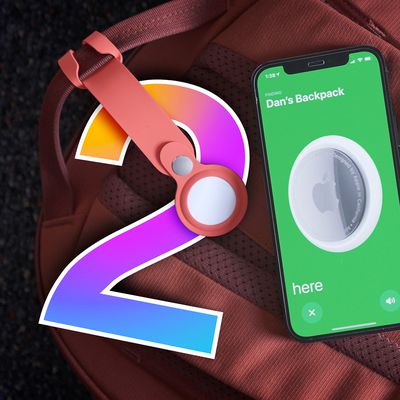BusinessWeek reports on a teardown of the new iPod shuffle by research firm iSuppli, revealing that Apple's diminutive player contains approximately $22 worth of parts.
All told, the cost of the shuffle's components, the headphones, and the packaging it ships in comes to $21.77, according to iSuppli's estimates. That's about 28% of the device's retail price. The smaller the component cost as a percentage of price, the higher the potential profit. This suggests the per-unit profit margin on the shuffle is higher than on other iPod models. The component cost for the first iPod touch released in 2007, for instance, amounted to about $147, or about 49% of its $299 retail price. The component cost of the third-generation iPod nano, also released in 2007, amounted to about 40% of its retail price.
According to iSuppli's analysis, over half the cost comes from two Samsung components, the main controller chip and the 4GB of flash memory at approximately $6 each. The battery, capacitors, and resistors in the new iPod shuffle were also discovered to be remarkably small by industry standards.
The device contains a tiny lithium ion battery that costs $1.20, and that Rassweiler describes as "the smallest we've ever seen." And for a company that doesn't ignore the tiniest of details, the most mundane of components are the most advanced available. The device's so-called passive components - capacitors and resistors - are unusually small. Known by their numeric label 01005, which in electronics shorthand describes their dimensions in millionths of a meter, they're about the size of a grain of salt and cost fractions of a penny each. But they're half the size of what had previously been considered the smallest device of their type, those labeled 0201.
iSuppli's calculations consider only the actual parts of the device and do not include research and development, manufacturing, distribution, and patent royalty costs.
























